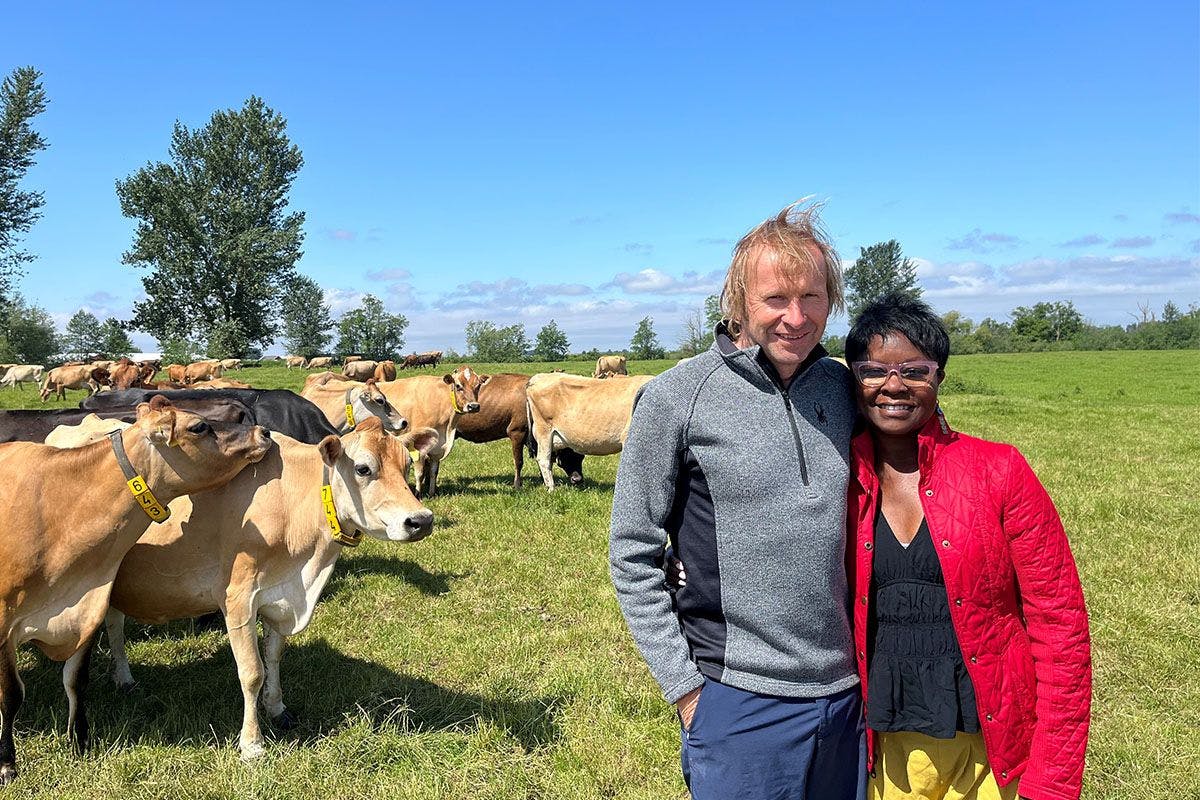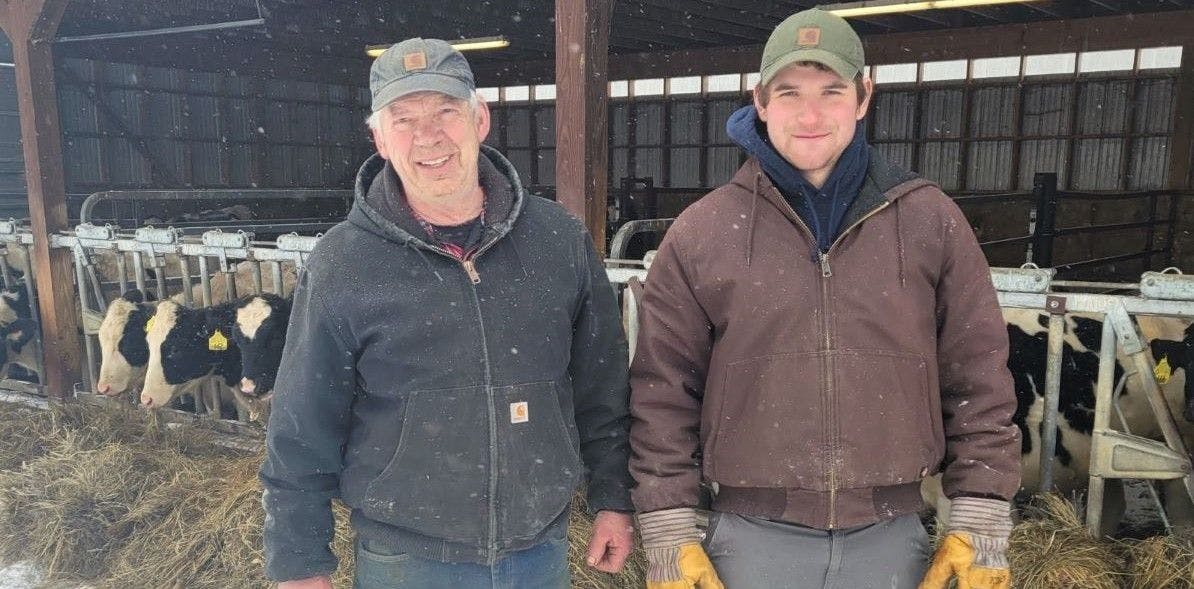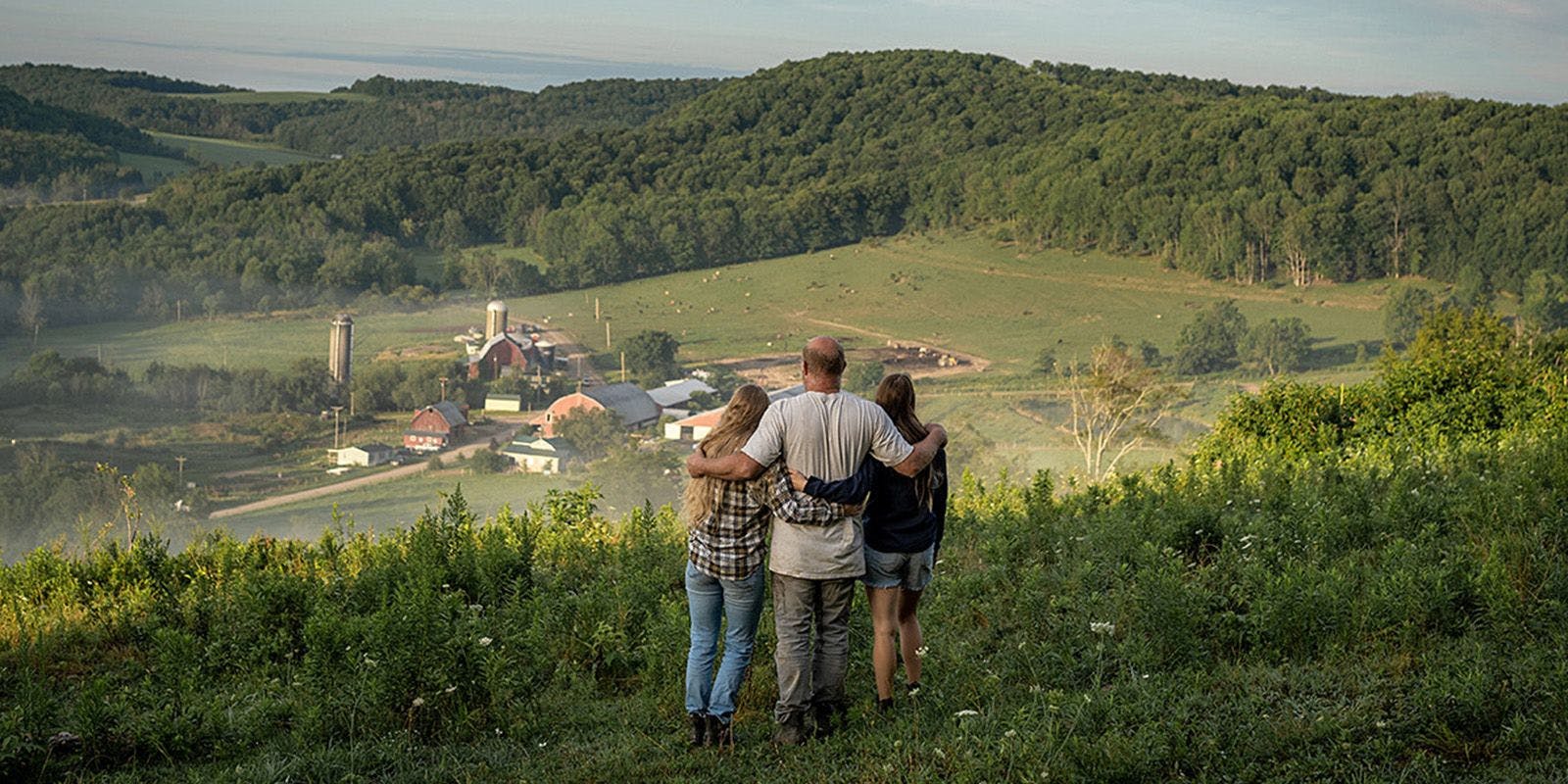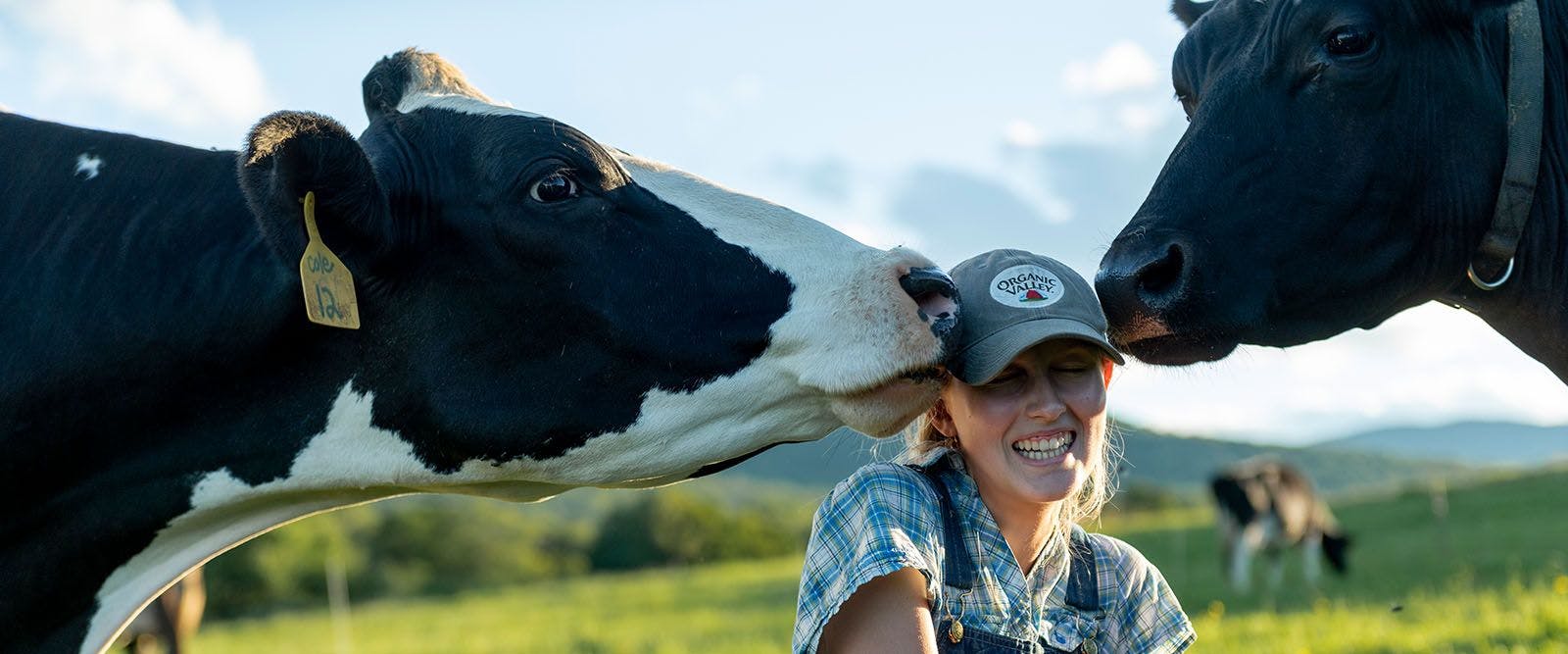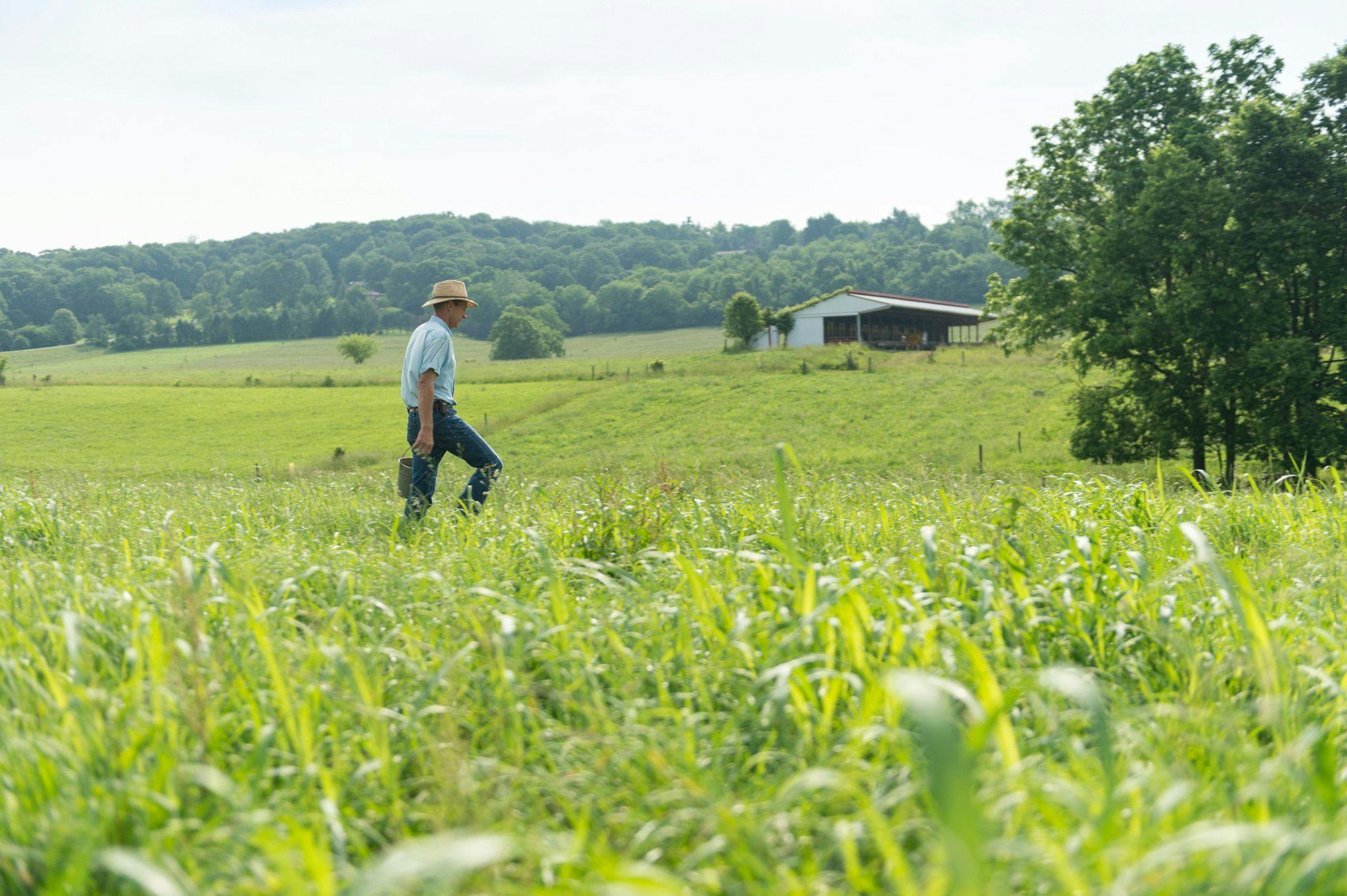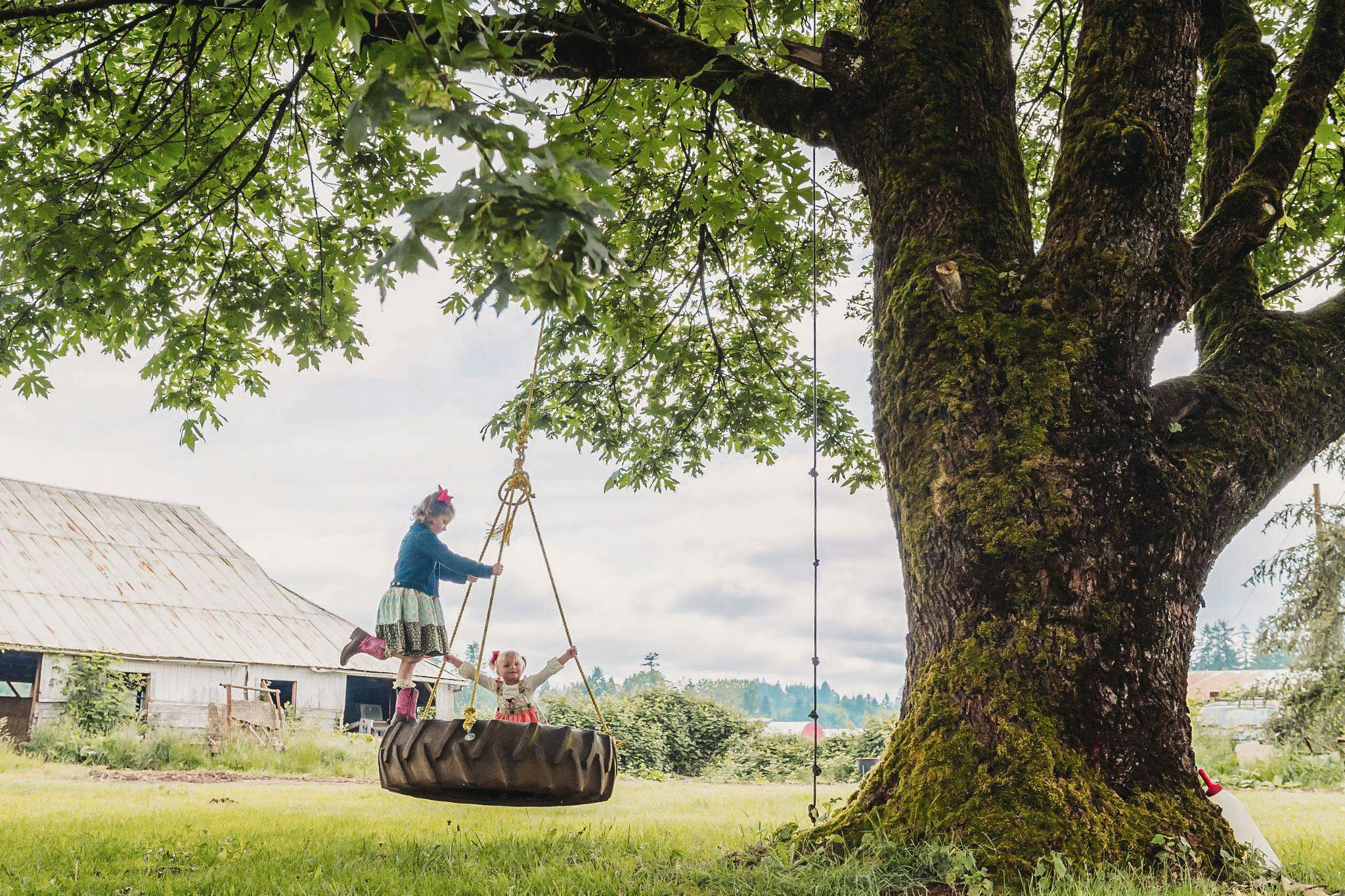
Rooted
A Huge Day in the History of Organic Food
Most Organic Valley farmers know the exact date the Organic Valley truck picked up milk from their farm for the first time. It was a life-changing moment filled with hope — hope of a better planet, better food and a better source of income for their families.
“It’s a date that sticks in people’s minds,” said Jim Wedeberg, one of Organic Valley’s founding farmers.
That memorable pickup date was Tuesday, July 12, 1988, for Organic Valley’s seven founding farmers. After years of planning, lending time to the creation of the co-op for pennies or nothing and helping craft organic standards, a vision was a reality. It wasn’t much milk, but it was enough to make a big difference in the history of organic.
The milk truck left from the Wisconsin city of Sparta and drove south to Westby, Coon Valley, Cashton and Gays Mills. Then it headed to a small bump in the road near Viola, Wisconsin, where Springdale Cheese awaited the milk delivery and the opportunity to make organic cheese!
July 13, 1988, was another big day. That was the first day that Organic Valley cheese was made.
And that was it. People loved the cheese, they supported organic and the mission and they appreciated the care these farmers had for their animals and the delicate touch they gave the earth! And people like you really put this whole crazy thing in motion. There would be no co-op without your support of our products and mission.
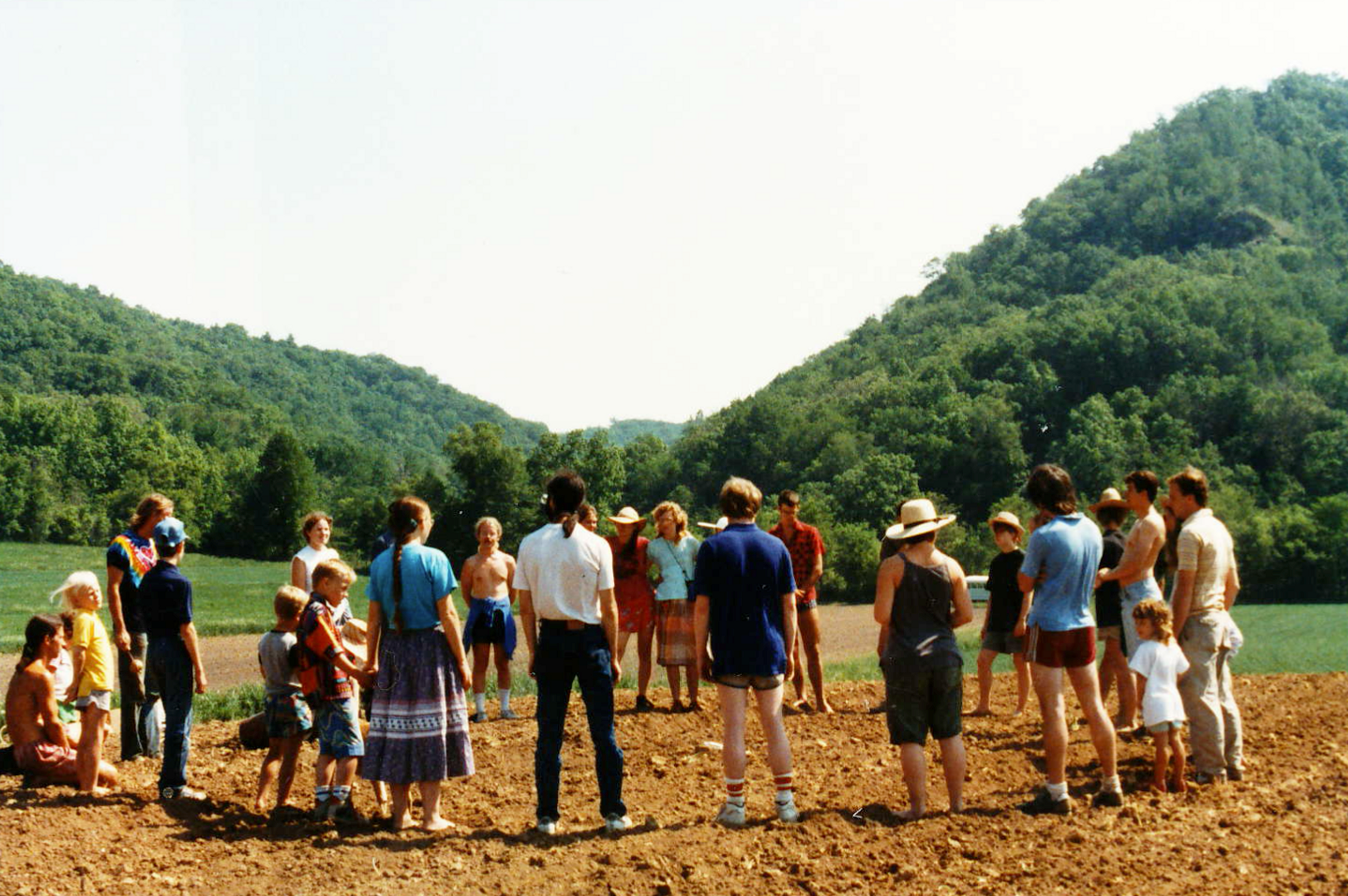
Co-op members and their families gather in the early days of Organic Valley.
Admittedly, it was slow going for the co-op in the beginning. It took five years to double the number of Organic Valley dairy farmers.
Imagine this, going out on a very shaky limb and developing a market that didn’t exist — organic food. It was encouraging but scary.
“We left our traditional marketplace to try this and it was a new challenge. Twenty-five years later, we realized it was working but there will always be struggles,” Wedeberg said.
Meet Farmer No. 8
The “seven founding farmers” are simply the first seven farms to sell their milk under the cooperative name. It took a community of dozens of passionate people to put the cooperative model in motion — a co-op that would become the nation’s largest farmer-owned and operated organic cooperative and one of the world’s largest organic consumer brands. People believed in us, the betterment of the earth and eating food that wasn't produced using harsh chemicals.

Former Organic Valley CEO George Siemon takes a break for a photo.
While technically not one of the original seven dairy farmers, George Siemon could be considered the founding farmer (or pioneer, initiator, idealist). He was the visionary for creating an outlet for farmers to market their goods and make a sustainable living by producing organically derived food.
You see, he sold his dairy cows in 1988, Organic Valley’s founding year, so he could concentrate on starting the co-op. By the time his new young cows could produce milk, he was the eighth farmer to sell milk with the cooperative and thus he missed out on being one of the mythical seven founding dairy farmers.
The former CEO, affectionately known as the C-E-I-E-I-O, Siemon was instrumental in helping set national organic standards and has been a leading advocate for organic for decades.
In May 2024, the Organic Trade Association awarded Siemon with the Organic Lifetime Achievement Award for his extraordinary commitment to the organic industry. Read about it here.
How do Dairy Farmers Make Money?
What if you didn’t know how much your paycheck would be each week? Many people have a pretty good idea of how much they will make in a year. Farmers didn’t.
The mission of Organic Valley was, and is, to make sure farmers had a steady paycheck without having to mass produce milk. This allows them to remain small family farms and not sell out to conglomerates. (Our cows get plenty of attention with dairy herd sizes that are smaller than the national average.)
While Organic Valley sets a stable pay price for its members, many farmers across the country have little or no control over the price they receive. Farmers sell their milk to a processor, which pays them based on the regional base prices for milk set by the U.S. Department of Agriculture. This amount is based on the price of goods (milk, cheese, etc.) traded at the Chicago Mercantile Exchange, according to the National Family Farm Coalition.
Organic Valley’s philosophy is to keep the milk as close to processing plants and sales customers as possible. This helps keep costs down and ensures less impact on the environment.
A Little Money Goes a Long Way
Arnie Trussoni, an Organic Valley farmer who is still instrumental in the co-op, was farmer No. 11. He was at co-op meetings in the ’80s that started the movement.

Arnie Trussoni spends time with family and the herd.
To begin, there wasn’t a big difference in the pay price farmers received by selling milk conventionally or organically but “a couple of dollars made a big difference, and there was a future and wishful thinking,” he said.
Slowly, things began to change.
From seven founding farmers in 1988 with a hope and a dream to more than 1,600 small organic family farms across the country today — this is Organic Valley.
“It was a very slow process,” Wedeberg said. “It’s like the roots growing under the soil but not showing much above ground. We were getting the roots established for demand.”
Demand came and the co-op grew. Organic Valley will continue to fight for small family farms and produce organic food that is free of antibiotics, synthetic hormones, toxic pesticides and GMOs.
It started with one milk truck traveling the winding roads of southwest Wisconsin and now Organic Valley milk trucks travel more than a million miles per year picking up milk across the country to bring nutritious organic products to hundreds of stores.
Thank you for joining us on this ride.
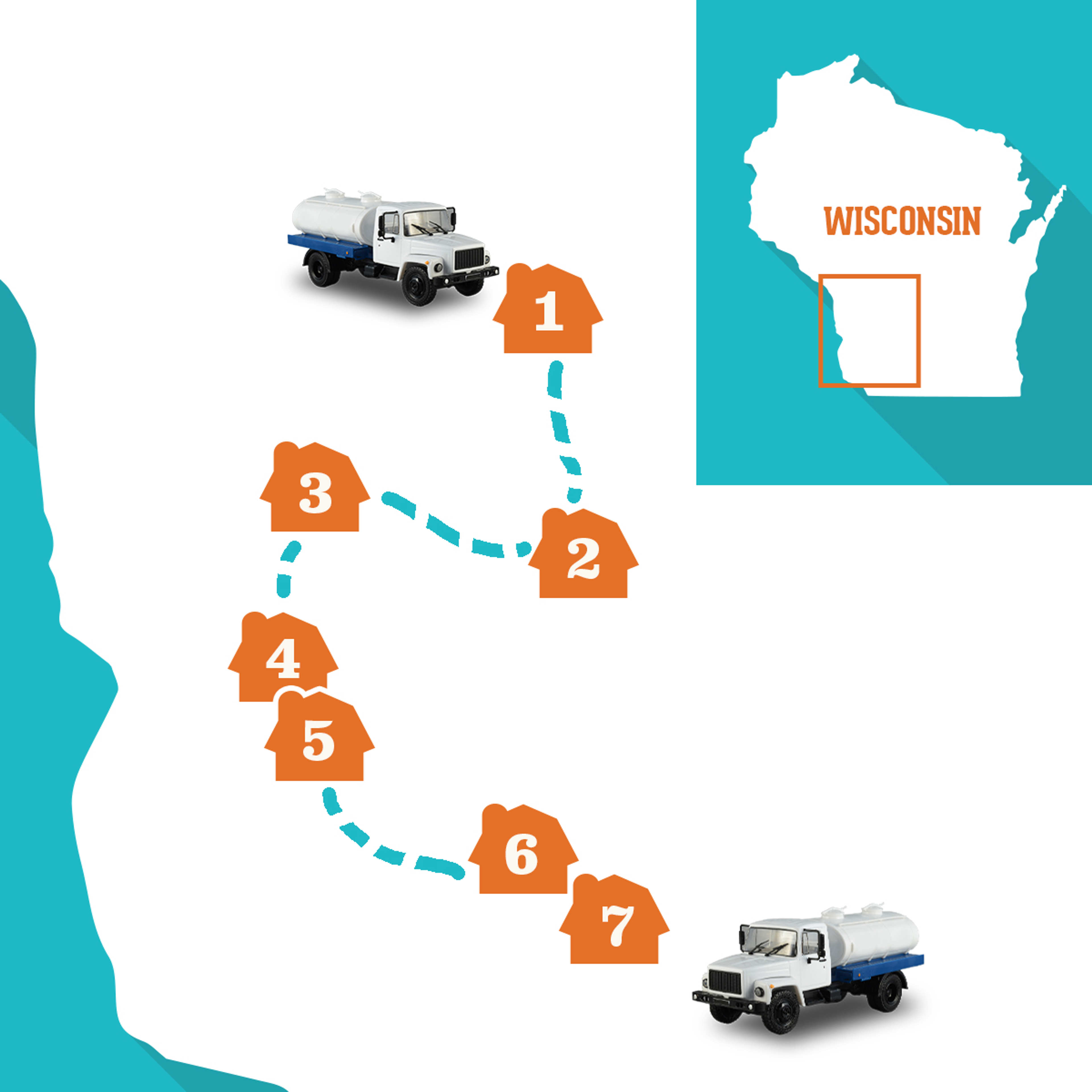
A broad look at the locations of Organic Valley’s first seven dairy farms.
An antique typewriter fanatic and chicken mom who treasures time outdoors admiring all that nature has to offer, Jennifer McBride is Rootstock’s editor. McBride spent 15-plus years as a journalist and newspaper editor before finding her niche with the nation’s leading organic dairy cooperative. Contact her at Rootstock@organicvalley.com.
Related Articles
- Tags:
- working together,
- cooperative businesses,
- cooperative spirit,
- making an impact














